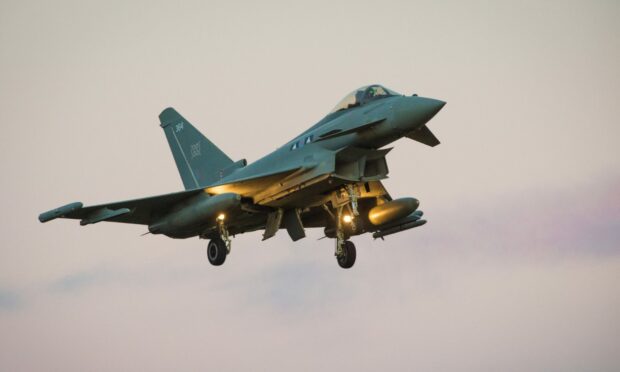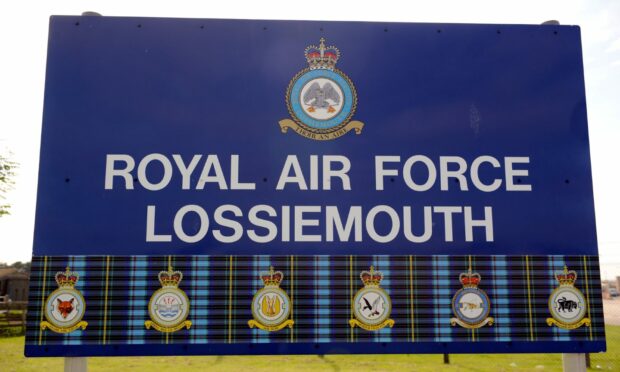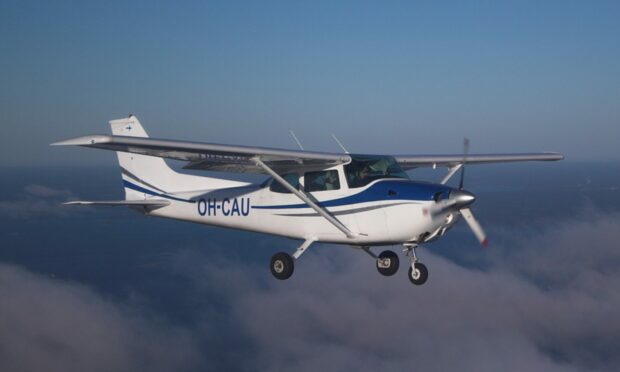An RAF Lossiemouth pilot was accused by another airman of causing “unnecessary risk” during Typhoon fighter jet training over the Highlands.
The crew on a small Cessna 172 aircraft complained to controllers at the Moray air base that the jet had been “too close” when it passed between 400 metres and 600 metres away horizontally while on a steep climb.
Investigators concluded both aircraft had “inaccurate situational awareness” during the incident near Tain in January.
Although the UK Airprox Board, which investigates near misses, found there was no risk of collision due to the distance between the planes, overall safety was said to have been “reduced”.
The incident emerged two weeks after fresh concerns were raised about the failure to fit collision warning systems to Typhoon aircraft based at RAF Lossiemouth.
Delays in the roll-out of the technology were highlighted on the 10th anniversary of the 2012 Tornado jet collision, in which three RAF Lossiemouth-based airmen died.
On January 7 this year, the occupants of the C172 said they had been “most surprised” to see a Typhoon jet make a “simulated attack profile (SAP)” on a target at the Tain training range, given the range was deactivated and its tower was unmanned at the time.
‘Unnecessary risk’
“They (C172 crew) are certain SAPs should not have been being performed and the
Typhoon pilot put both aircraft at unnecessary risk,” a report said.
The C172 pilot assessed the risk of collision as “medium” but the Typhoon pilot considered it to be “low”.
However, the RAF pilot admitted that, with hindsight, its situational awareness came from “building a mental model of where the aircraft would be”, and that “this was insufficient”.
The supervisor at Lossiemouth said: “The pilot of (the Typhoon) was provided situational awareness about the other air system on several occasions and they had no concerns over the proximity of the air systems based on the information available at the time.”
After assessing the incident, the Airprox board assigned a risk category “C”.
It said: “Although the Typhoon pilot had been visual with the C172 early, they had lost visual contact and had then undertaken a high-energy manoeuvre based on inaccurate situational awareness.
“The C172 pilot had also had inaccurate situational awareness, believing that the Typhoon pilot had vacated the area.
“At the point at which the C172 pilot had visually reacquired the Typhoon, it would have been too late for them to be able to take effective avoiding action.
“However, the board considered the recorded horizontal separation to be such that there had been no risk of collision, although safety had been reduced.”
It is the latest Airprox report into an incident involving jets from the busy Moray base.
A Typhoon was assessed by those involved to have had a “medium” chance of colliding with a helicopter in the skies near Lossiemouth during training in 2019.
There had previously been “a serious risk of collision” above Lossiemouth in 2018 when two Typhoon aircraft were just 80 feet vertically and 190 feet horizontally as they came in to land at the base.


